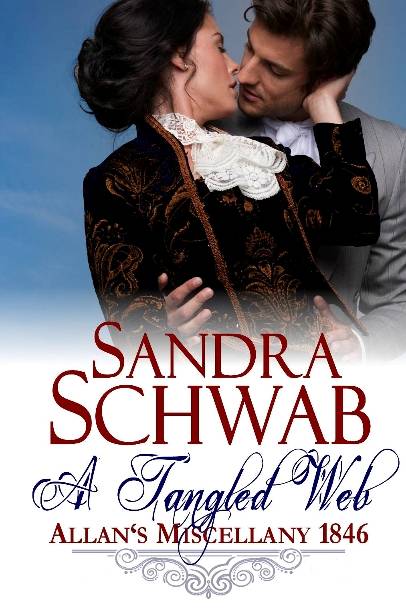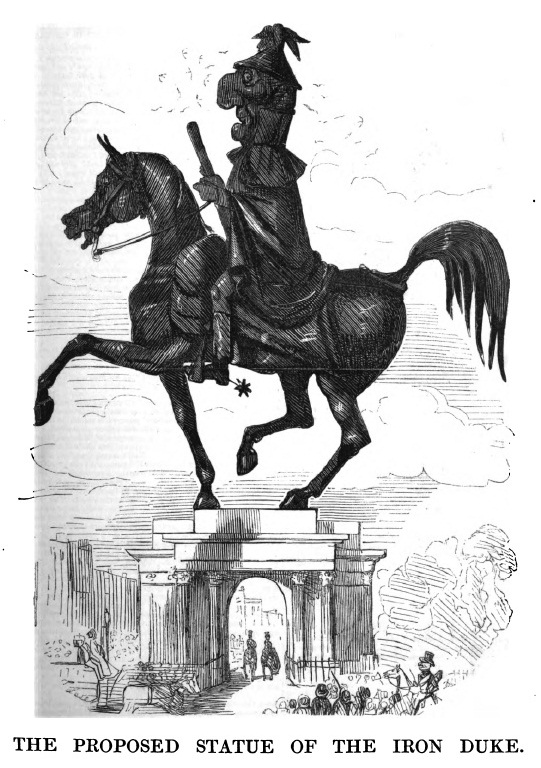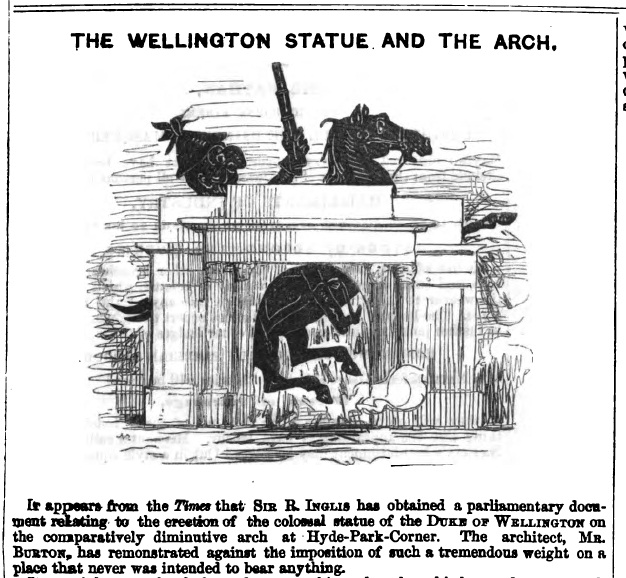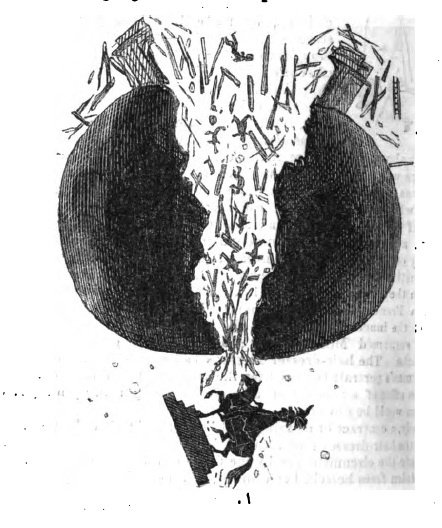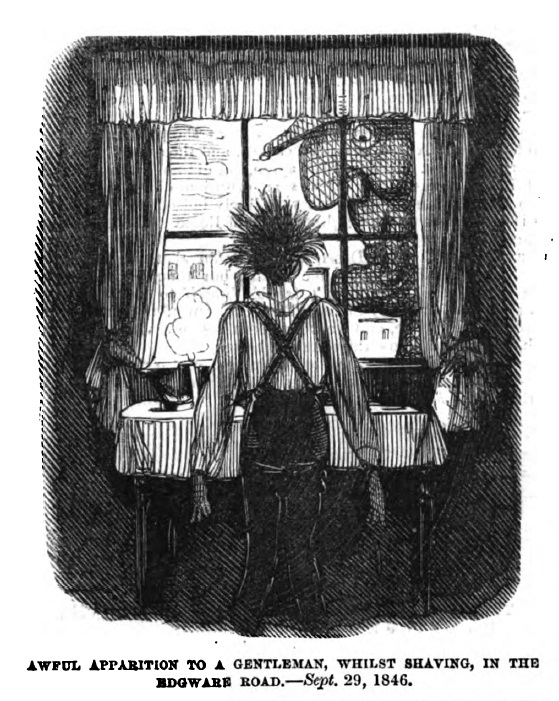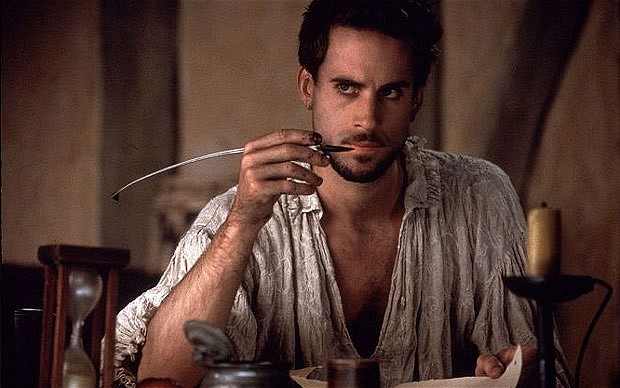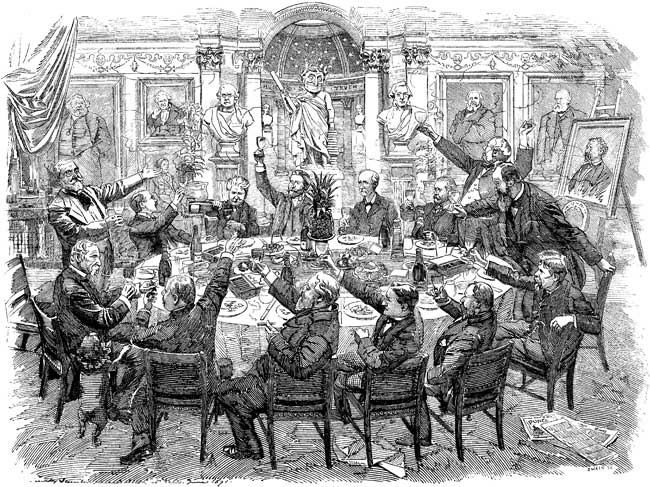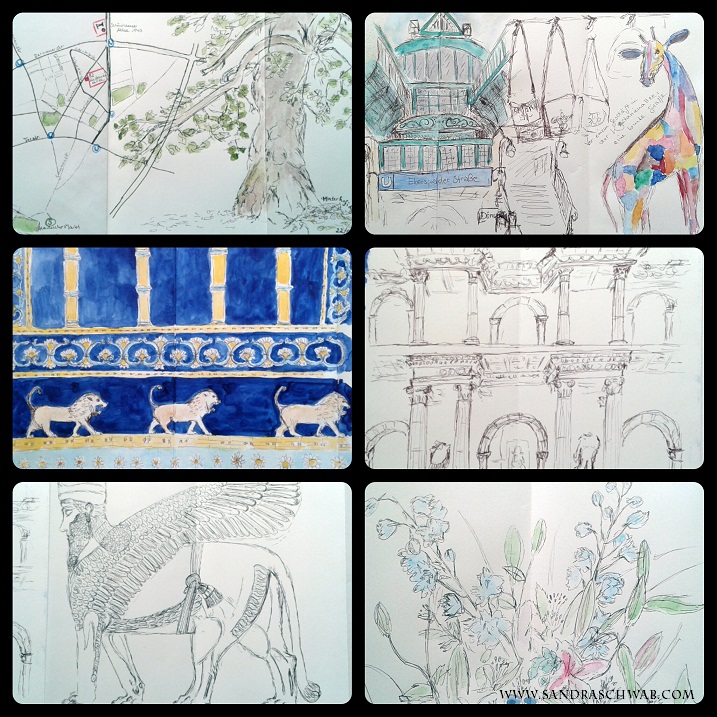By now you’ve probably realized that I’m an utter geek when it comes to nineteenth-century magazines and newspapers and that I love putting all kinds of (mostly obscure) references into my stories just for the fun of it. And so, when I was writing A Tangled Web, the latest installment in my series about the fictional magazine Allan’s Miscellany, I just couldn’t resist including a reference to an advice column I had first heard about at a conference* a few years before: “Cupid’s Letter Bag” from The Englishwoman’s Domestic Magazine.
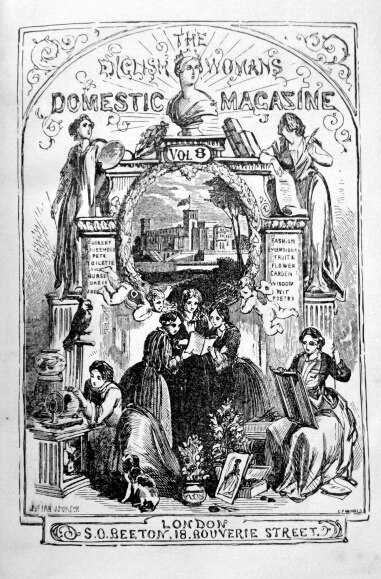 Launched in 1852 by Samuel Beeton, The Englishwoman’s Domestic Magazine was the first British magazine targeted at middle-class women (earlier women’s magazines were meant for an upper-class audience). From 1856 onwards, Beeton’s wife Isabella acted as “Editress” (and yes, that would be Mrs. Beeton from Mrs. Beeton’s Book of Household Management). Apart from poetry, serialized fiction, articles about famous people and fashion plates, the magazine included embroidery patterns, sewing patterns, and much practical advice concerning household matters (including recipes).
Launched in 1852 by Samuel Beeton, The Englishwoman’s Domestic Magazine was the first British magazine targeted at middle-class women (earlier women’s magazines were meant for an upper-class audience). From 1856 onwards, Beeton’s wife Isabella acted as “Editress” (and yes, that would be Mrs. Beeton from Mrs. Beeton’s Book of Household Management). Apart from poetry, serialized fiction, articles about famous people and fashion plates, the magazine included embroidery patterns, sewing patterns, and much practical advice concerning household matters (including recipes).
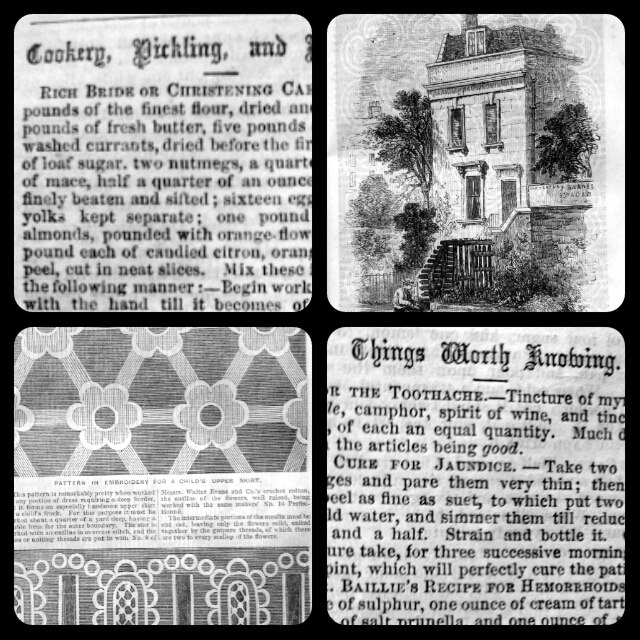 And then there was “Cupid’s Letter Bag.”
And then there was “Cupid’s Letter Bag.”
If you consider the historical and social context, “Cupid’s Letter Bag” was a rather strange advice column, for rather than praising female passivity that was so much part of the Victorian ideal of femininity, it encouraged women to be more active and more intellectual.
In the November issue of 1853 one of the letters to the magazine (well, many of those worry letters were actually written by Beeton himself…) (fake worry letters!!!) started with,
“Would it be very improper for me to send a few forget-me-not flowers to a young gentleman with whom I have lately become acquainted? […] He has given me bouquets many times; and when he left, he asked me to send him a few flowers of the forget-me-not, to let him see I had not forgotten him, which I did not exactly promise to do, although I fear by my manner I led him to expect it.”
The rather blunt answer was:
“We think the vanity betrayed in the request of the gentleman is well left unsatisfied. He asked for the forget-me-nots, it appears, to let him see that ‘you had not forgotten him,’ not to remind him of you.”
This letter somehow struck my fancy, and I just had to include it in Allan’s, despite it being a bit too girly and fanciful for Allan’s. But hey, it’s my fictional magazine, so I can include whatever I want! 🙂
Now, without further ado, here’s the relevant snippet from A Tangled Web. At the beginning of the story Pel, the hero, arrives at the editorial office in a moment of crisis: the contributions of a new writer have turned out to be utter crap, and the editor (grumpy MacNeil) and his right-hand man (Robbie Beaton) are now discussing what can be used instead:
“What else have we got?” MacNeil shuffled his papers around. “A review of Gervase Carlton’s latest literary offering. A nice one, that.—An article from Our Man Abroad. More about the diggings in the Near East.” He glanced at Beaton. “We already have an Assyrian lion for that one, haven’t we, Robbie?”
In lieu of an answer, Beaton pointed at one of the woodblocks lying on the table.
“Right. Another worry letter for Cupid’s Letter Box?”
“I’ll write that one,” Beaton said hastily. “You’re such a cynic when it comes to love, Mac. Nobody wants to hear what you think about the plight of a young girl who…hm….is wondering about whether or not to send a posy of forget-me-nots to a gentleman of her acquaintance—”
MacNeil groaned. “And thus we all die from an overflow of sentimentalism…”
Unperturbed by the criticism, Beaton just grinned and shrugged. “Flo quite likes the overflow of sentimentalism. Says it gives the magazine a heart.”
The editor threw him a sour look. “Your wife’s taste is not always sound, Robbie. Just look at whom she has married!”
Whistling, Beaton gazed at the ceiling. “Which, if I’m not mistaken, was the making of our magazine.”
“Yes, yes. The search for the Mystery Maiden—all very romantic.” MacNeil made a dismissive gesture. “My brains must have been addled at the time.”
_____
* The conference in question was the 2010 annual conference of the Research Society for Victorian Periodicals, and the paper was Jennifer Phegley’s “Dear Mr. Editor: Courtship and Marriage Advice in The Englishwoman’s Domestic Magazine.“

